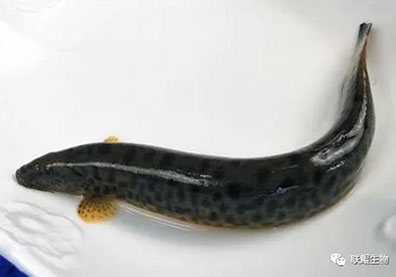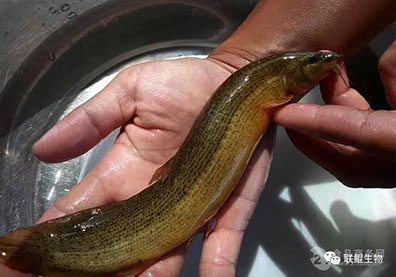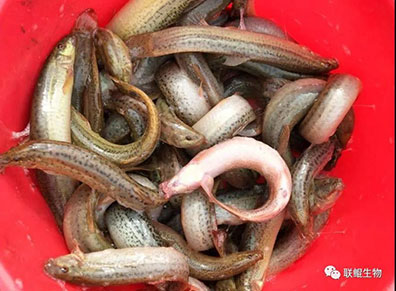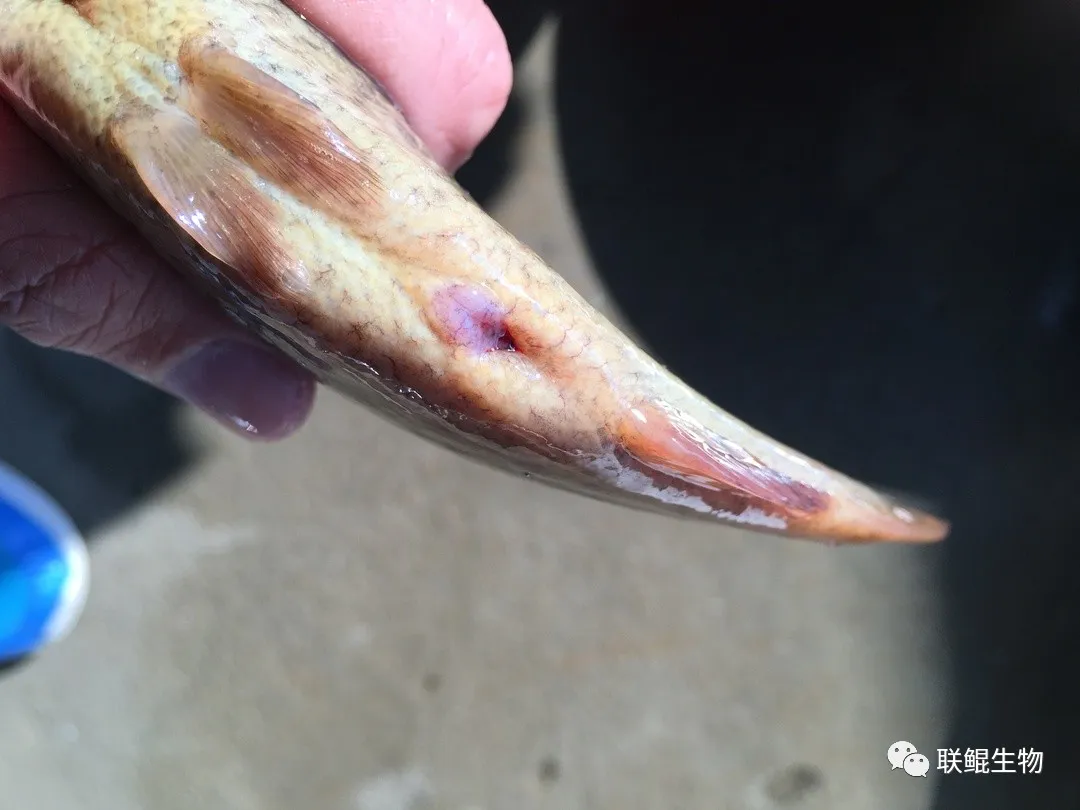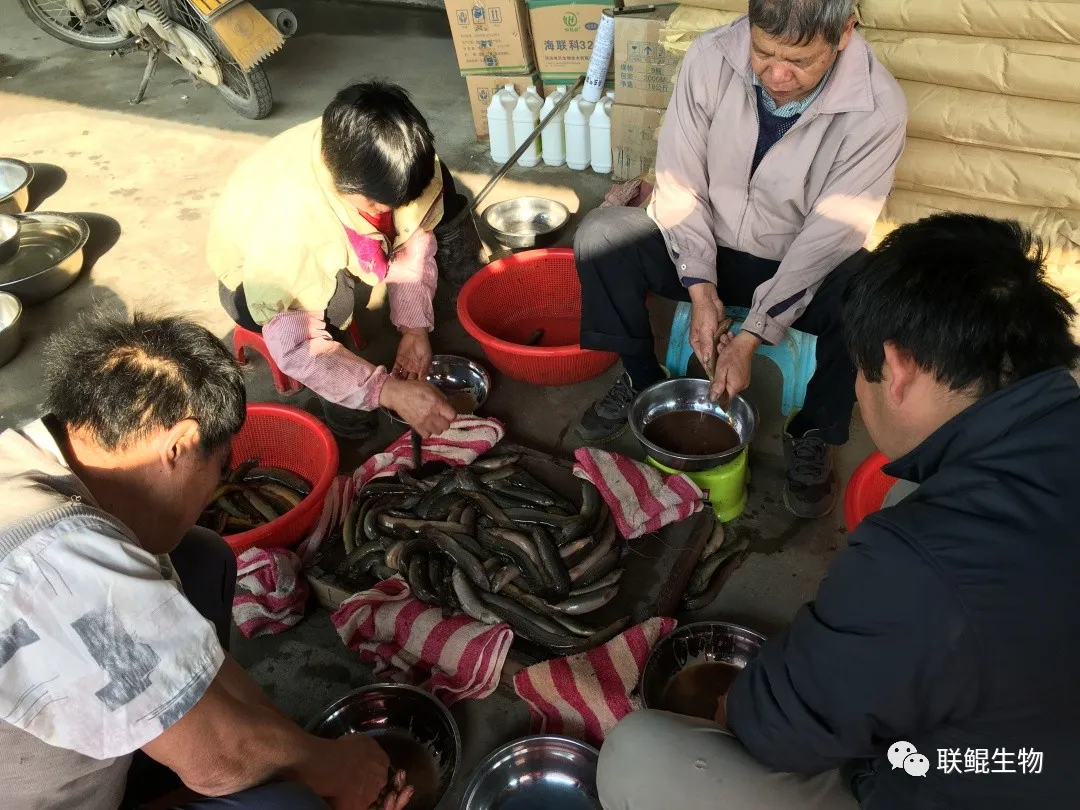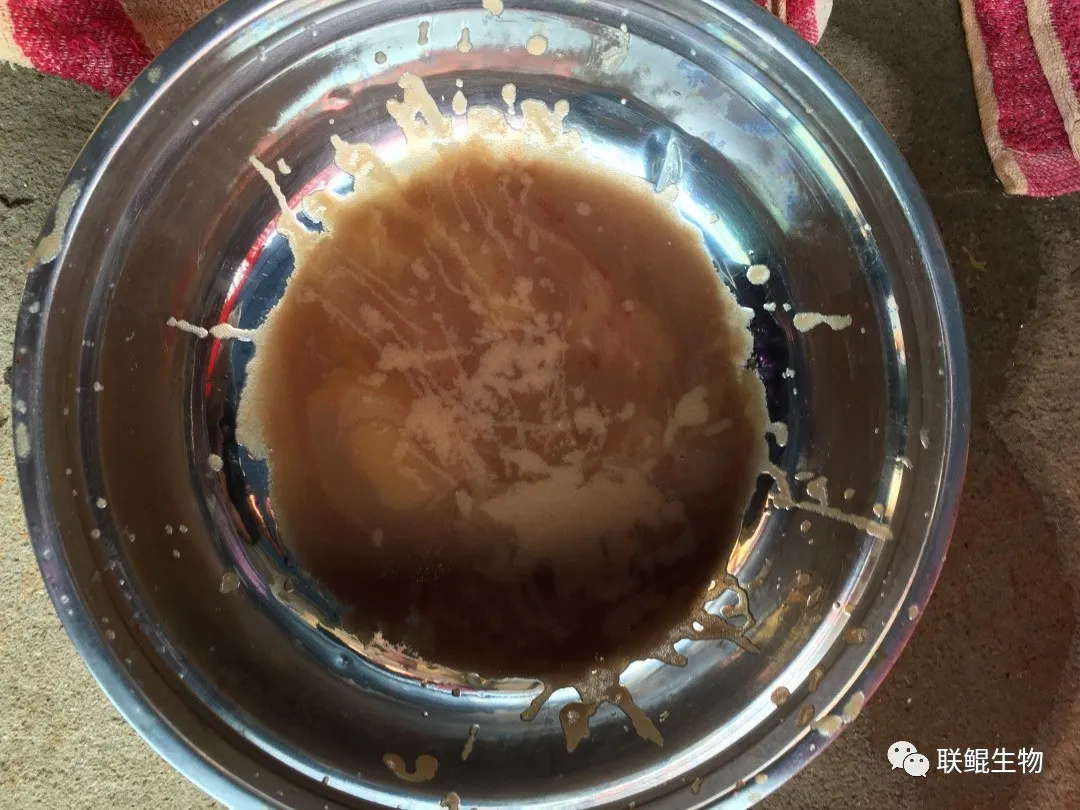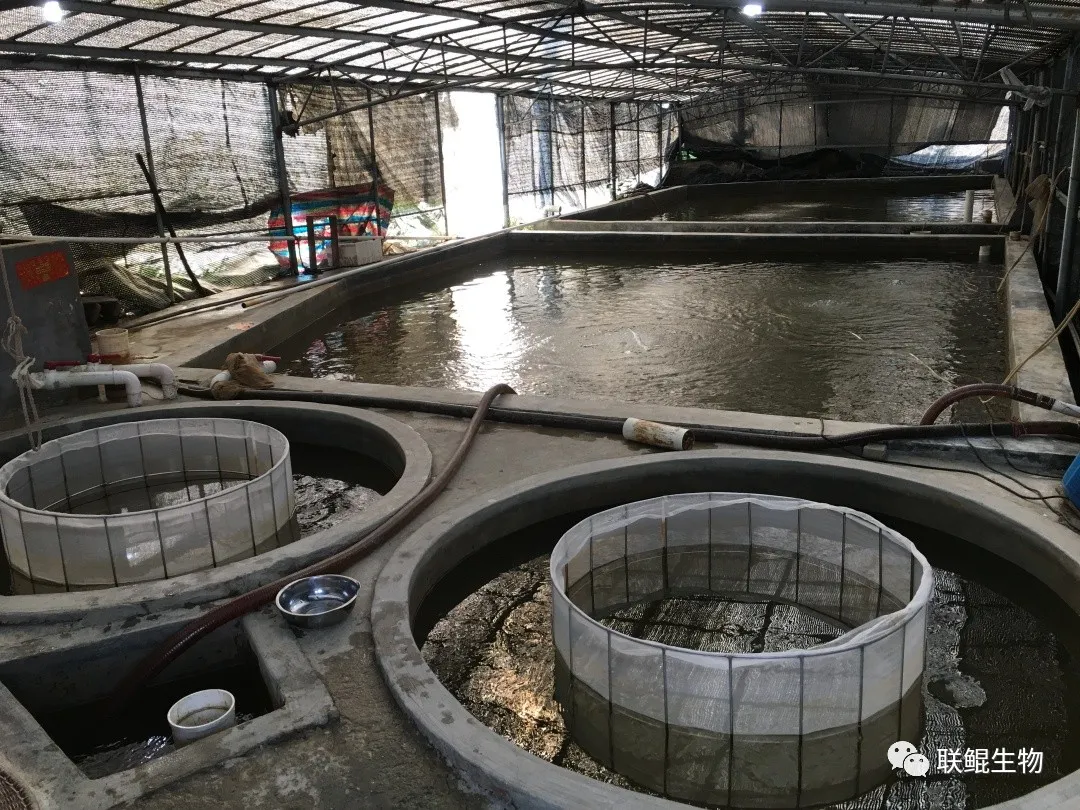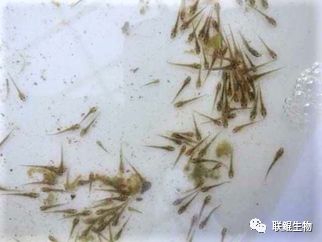As an innocent aquatic treasure, how can loach be pushed to increase the consumption demand after COVID-19?
The virulent novel coronavirus pneumonia is gradually disappearing, the treasure of Chinese medicine has made an outstanding contribution in fighting against the epidemic. But loach which known as "ginseng in the water", was misunderstood by public and consumption was reduced dramatically.
No. 1. Brief introduction of loach
Misgurnus anguillicaudatus, Paramisgurnus dabryanus, Loach dabryanus and Botia almorhae are the major farmed loach species in China.
|
|
|
|
Loach not only can breathe with gills and skin, but also has a special function of intestinal respiration. When the climate is muggy or lack of DO due to bottom sludge and humics decaying, loach can also jump out of the water, or vertically swim to the surface of the water, swallow the air by mouth and breath by the intestinal wall.
No. 2. The farming situation of loach
In the year of 1948, researcher T. Fujita got a hatching rate of 79.6% by injecting secretions from pituitary gland of black spotted frog to loach, and achieved the first case of artificial breeding of loach. At 1986, Freshwater Fishery Production Group in Tottri of Japan successfully made large scale artificial loach breeding with a hatching rate of 95%.
Since the 1980s to 1990s, with the increasing demand of the loach consumption, some provinces and cities began to do loach breeding locally, and the farming of loach started to increase.
Since 2000, with the increase of the demand for loach seedlings, the aquatic technology promotion stations in Jiangsu, Zhejiang, Hubei and other provinces have made some breakthrough in the breeding technology of loach, and issued the technical specifications for the pollution-free loach breeding. At present, the survival rate of loach breeding can reach more than 80%, which can fully meet the needs of artificial breeding production.
|
|
|
|
|
|
Lianyungang of Jiangsu province started large-scale loach breeding in 2002, and by 2018, the total farming area reached nearly 60,000 Mu (1 Mu=666.7 square meters) and gradually became the largest loach industry gathering area, loach trading platform and export base in China. There are 18 loach export enterprises registered by AQSIQ, accounting for 95% of the total loach export volume in China and 90% of the total loach import volume in South Korea. The export volume of loach in Dunshang town, Ganyu district, Lianyungang city accounts for 80% of the total export volume of loach in China, and known as "the hometown of loach in China" and "the capital of loach in the world".
Up to now, the production of loach in China has reached 358,000 tons, mainly produced in Guangdong, Jiangsu, Zhejiang, Jiangxi, Anhui, Hubei, Hunan and other provinces, and there is also scattered culture in some other regions of China. (source: China Fishery Statistics Yearbook 2019)
The farming model varies in different farming areas. In Jiangsu Lianyungang area, growers mainly culture native loach with one harvest within one year. This product is mainly exported to South Korea with a size of 60 ~ 80 pcs / kg.
Taiwan loach is mainly cultured in Zhejiang with the harvest size of 20 ~ 40 pcs / kg within one year.
In Guangdong province, Taiwan loach can be sold with a size of 80~100 pcs/kg, and can be cultured 3~4 batches a year. The annual average yield is 3,000~4,000 kg/hectare, some of the output can reach more than 5,000 kg/hectare. The high yield benefits from the breakthrough of nutrition research and feed technology. At present, loach in artificial cultivation is fed in the whole process of feed, in the realization of efficient culture at the same time. It is safe, controllable and traceable.
No. 3 Consumption status of loach
Loach taste delicious, rich in nutrition, high protein content and low fat content, can reduce lipids and blood pressure. It is not only a delicious food for the public, but also a medicinal effect.
Rich nutrition: loach protein content is higher than many common fish, the body fat in the polyunsaturated fatty acids accounted for up to 41%. It is one of the few high unsaturated fatty acids EPA and DHA of the freshwater aquaculture species, and the nutritional value is very high.
High medicinal value: Chinese medicine believes that loach has a variety of health benefits.
Loach catering consumption
Loach has a long history of domestic consumption, cooking in a variety of ways. Many loach theme restaurants can be found everywhere.
Loach also has extensive consumption base in South Korea and Japan. The loach soup is rich in protein, which is a kind of affordable health care food for people. In autumn, loach soup can make people nourish and strong.
Development of loach mucus
Loach mucus (synovial fluid) is extracted by deep processing technology and used in high-end cosmetics and pharmaceutical production. Loach mucus can produce hyaluronic acid, with high viscosity and strong moisture. It is an excellent material for high-end mask. Loach mucus also contains high activity superoxide dismutase (SOD) and plays an important role in antioxidant, anti-radiation damage, prevention of skin aging and other aspects.
Loach misgurnus anguillicaudatus does not have comorbidities with human
Some time ago, bullfrog, Chinese softshell turtle and other aquatic economic animals were included in the list of top searches of wildlife, which has caused great controversy. Some special articles have illustrated for the public.
From the perspective of biological classification, comparing with bullfrog, Chinese softshell turtle and other animals, the loach is farther away from human beings. The bullfrog and Chinese turtle belong to amphibian class and reptilian class respectively, while the loach belongs to the teleosteidae, which is a pure aquatic animal.
Generally, viruses cannot survive independently for a long time. They must infect other organisms and obtain the nutrients and environment to survive and replicate. Therefore, viruses tend to have strong host selectivity.
β-coronavirus infection requires certain conditions, such as the presence of virus-specific receptors on the surface of host cells, the host's immune status, and the body's physiological conditions. Body temperature is crucial for virus infection. The optimal temperature of animal virus is around 37℃. Since humans and other mammals and birds are endotherms, viruses carried by other mammals (such as bats) and birds are likely to infect humans.
However, aquatic animals are usually variable temperature animals, through analyzing the cultivation difference between fish cells and higher vertebrate cells, it can be easily concluded that the possibility of fish become human infection virus intermediate host is very small. So far, in the history of human development, no case of virus cross-infection between human and loach or other aquatic animals has been found.

